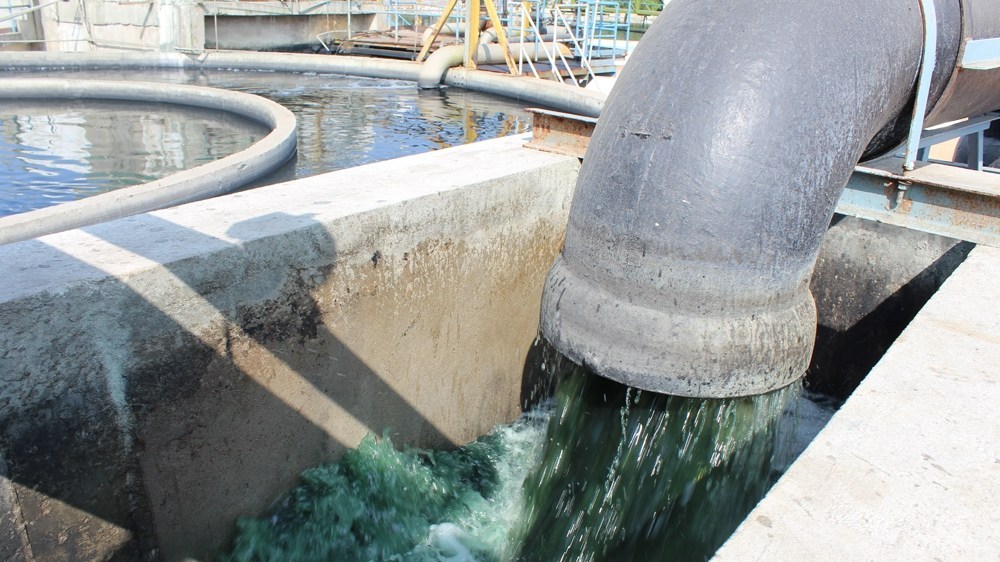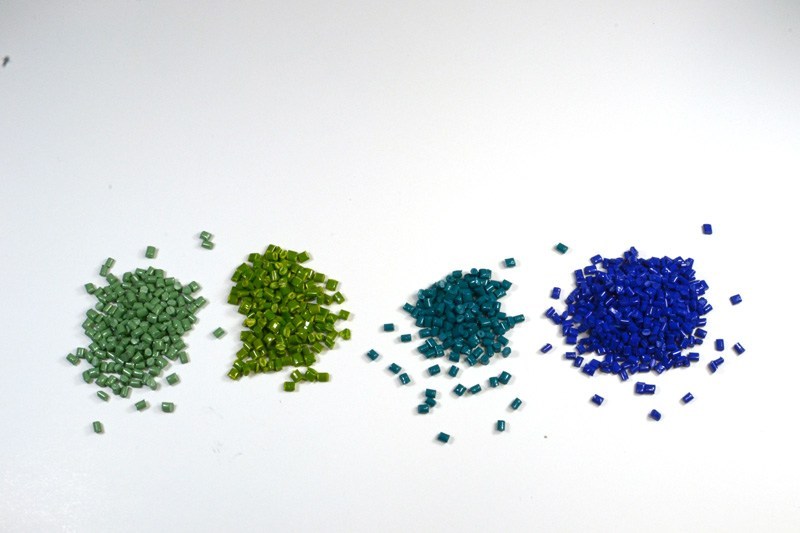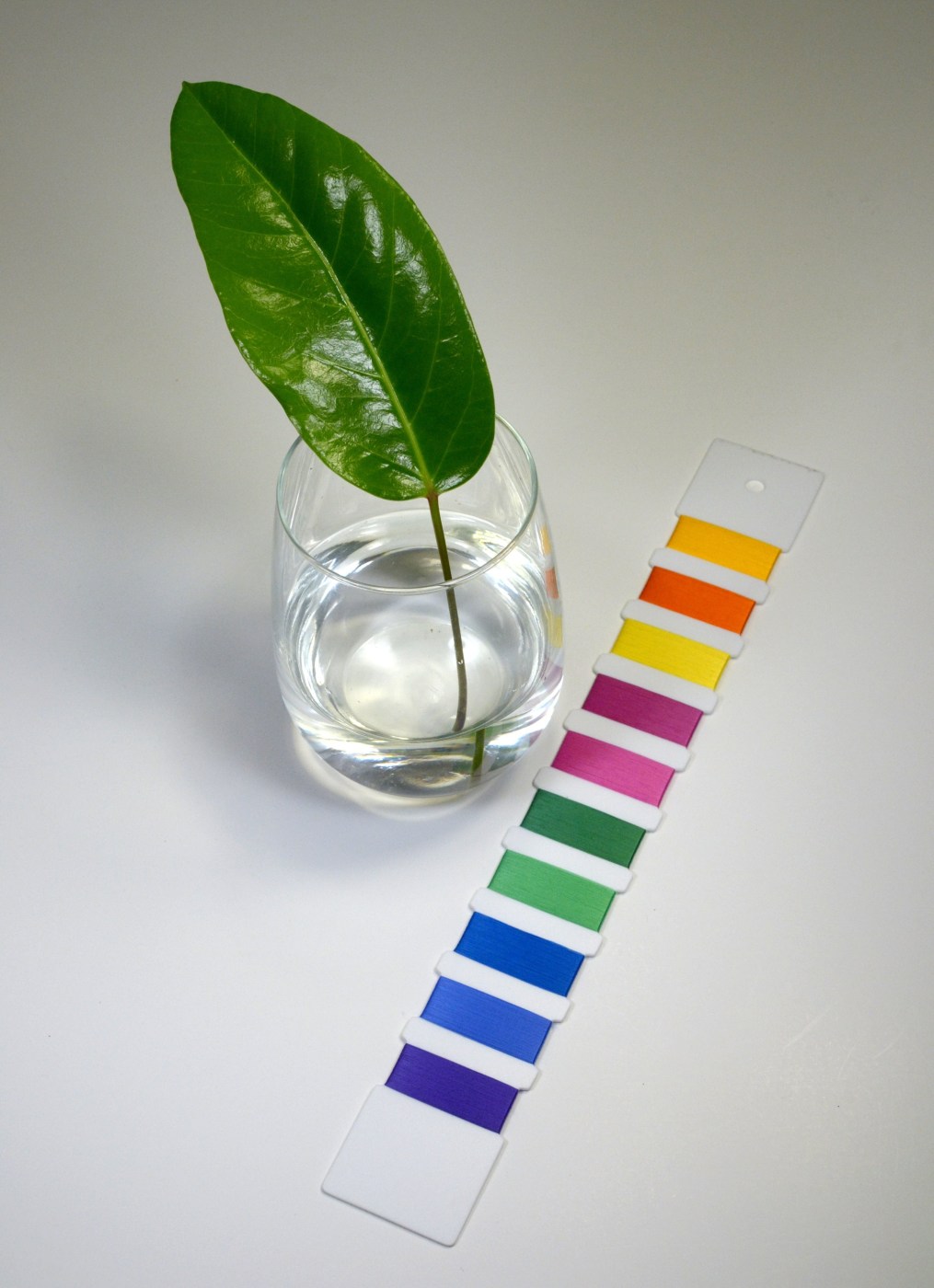Water is one of the core elements of an outdoor experience. When we are hot rain cools our skin, after a long hike water quenches our thirst and rivers carry our boats to new destinations. Long before the next camping trip, water plays a crucial role in the creation of technical apparel used to embrace the outdoors.
Traditional industrial dyeing processes have remained unchanged for decades. Originally designed to dye cotton and wool, conventional dye processes use super-heated water mixed with dyestuffs and chemicals to infuse synthetic fibers with color. At least 22 liters of water are needed for each yard of dyed fabric. Consumption of synthetic fibers is estimated at 60 million tons every year.

From Al JAzeera
Water used in textile manufacturing leaves the process tainted with chemicals and polluted. According to the Institute of Public & Environmental Affairs.” China’s textile industry discharges about 2.5 trillion liters of wastewater into its rivers annually.” Consumption of synthetic fibers is estimated at 60 million tons annually.

From Greenpeace–Piece dye factory is a harmful place to work.
George Yang, e.dye®’s founder, is no longer willing to continue on that path.“ We should correct our behavior and find a solution. One of our company’s core values is to protect nature. We have to challenge ourselves to change.”
Cleaning the water requires fundamentally changing the way fabrics are dyed. Through decades of experience, experimentation and innovation, e.dye® has mastered a process called solution dyeing that uses absolutely no water to dye synthetics.

Masterbatch gets extruded with the filaments to make yarn–no water, no chemicals.
That’s right. No water is used in e.dye®’s Waterless Color System™ process. Not hype, marketing spin and overpromising, but a proven, credible, demonstrable process.
We’re inviting outdoor industry product managers to ask questions and learn how e.dye®’s Waterless Color System™ can benefit their brands. Get in touch at info@e-dye.com or click here to contact us.

Honor the Water.
e.dye® honors the earth’s water. One company taking a significant step in the right direction, but there’s so much more to do. Will you join us in finding ways to reduce pollution from textile manufacturing?
More reading on the water waste crisis below:
Pollution flows freely in Indonesia’s rivers
Clothing to dye for: the textile sector must confront water risks
A Monstrous Mess: toxic water pollution in China